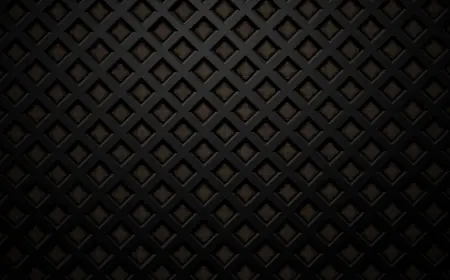Pichwai Painting History: Tracing the Sacred Journey of Devotional Art from Nathdwara
Today, Pichwai Painting History is not just a record of artistic excellence; it’s a living spiritual tradition. These paintings continue to be central in temple rituals, private collections, and contemporary art spaces. Through exhibitions and educational outreach, Pichvai Tradition And Beyond has helped position this devotional art as globally significant. By bridging the gap between past and present, they ensure that the legacy of Pichwai thrives in modern times. The timeless quality of this art lies in its ability to evoke devotion while offering aesthetic beauty — a duality that few art forms can achieve.
The Sacred Origins of Pichwai Painting
Pichwai Painting History begins in the 17th century in Nathdwara, Rajasthan, where devotion met artistry in the sanctum of Shrinathji’s temple. These sacred textile artworks were originally created to adorn the temple walls, enhancing the devotional atmosphere for darshan (sacred viewing) of the deity. The word ‘Pichwai’ comes from the Sanskrit pichh (behind) and wai (hanging), describing their function as backdrops. These paintings weren’t just decorative; they were essential visual narratives used to depict different moods, seasons, and festivals connected to Lord Krishna, specifically in his child form as Shrinathji.
Evolution Through Regional Influences
As the tradition matured, Pichwai Painting History reflected a rich confluence of regional Rajasthani and Mughal influences. The Mewar School contributed its bold lines and vibrant color palette. Jaipur’s meticulous detail, Kishangarh’s elegance, and Bundi’s lyrical landscapes all shaped the Pichwai style. By the 18th and 19th centuries, these paintings began incorporating elements from Kota and Jodhpur as well, creating a hybrid art form that remained spiritually focused yet artistically diverse. The inclusion of architectural motifs and stylized figures created compositions that balanced symmetry and symbolism.

Themes, Motifs, and Techniques
Central to Pichwai Painting History are themes derived from the life of Krishna — particularly his playful moments with the gopis (cowherd girls), scenes of Annakut (mountain of food), Raas Leela (divine dance), and festivals like Janmashtami and Gopashtami. Each piece is rich in symbolism, often featuring cows, lotuses, peacocks, and kadamba trees. Artists traditionally painted on starched cloth using natural pigments and hand-mixed colors like indigo, gold, silver, and vermilion. This slow, meditative process was seen as an offering in itself, with generations of artisans perfecting these skills in the temple town.
Revival in the Contemporary Era
While deeply rooted in tradition, Pichwai Painting History has witnessed a contemporary revival thanks to initiatives like Pichvai Tradition And Beyond. This modern collective of artists and curators, led by Pooja Singhal, has reimagined Pichwai for newer audiences without compromising its spiritual essence. Their efforts to reinterpret traditional formats — whether through miniatures, mixed media, or large-scale contemporary works — have made the art form more accessible and appreciated worldwide. The movement highlights how sacred art can be both historical and evolving.

Legacy and Continued Significance
Today, Pichwai Painting History is not just a record of artistic excellence; it’s a living spiritual tradition. These paintings continue to be central in temple rituals, private collections, and contemporary art spaces. Through exhibitions and educational outreach, Pichvai Tradition And Beyond has helped position this devotional art as globally significant. By bridging the gap between past and present, they ensure that the legacy of Pichwai thrives in modern times. The timeless quality of this art lies in its ability to evoke devotion while offering aesthetic beauty — a duality that few art forms can achieve.
What's Your Reaction?
 Like
0
Like
0
 Dislike
0
Dislike
0
 Love
0
Love
0
 Funny
0
Funny
0
 Angry
0
Angry
0
 Sad
0
Sad
0
 Wow
0
Wow
0


















































